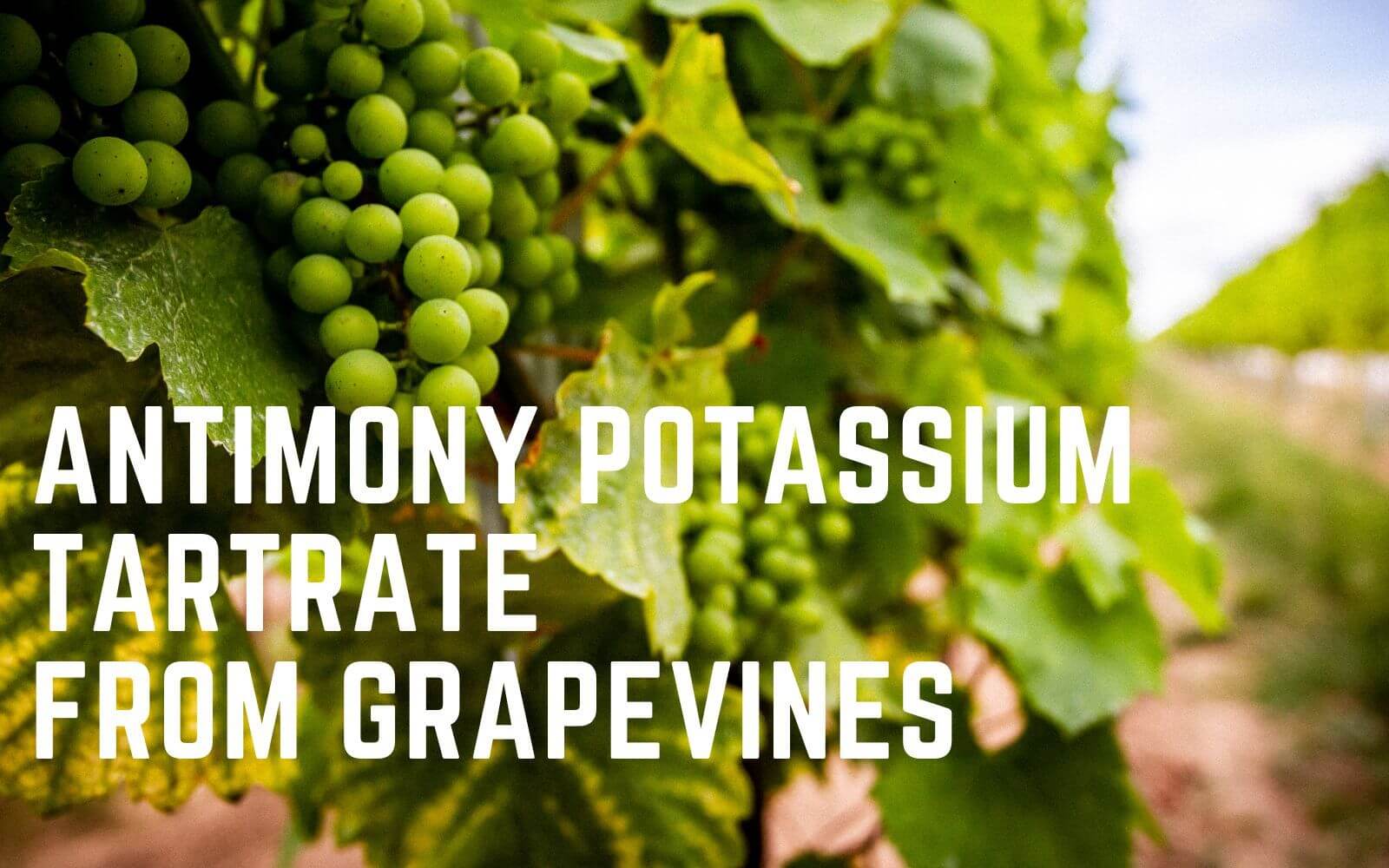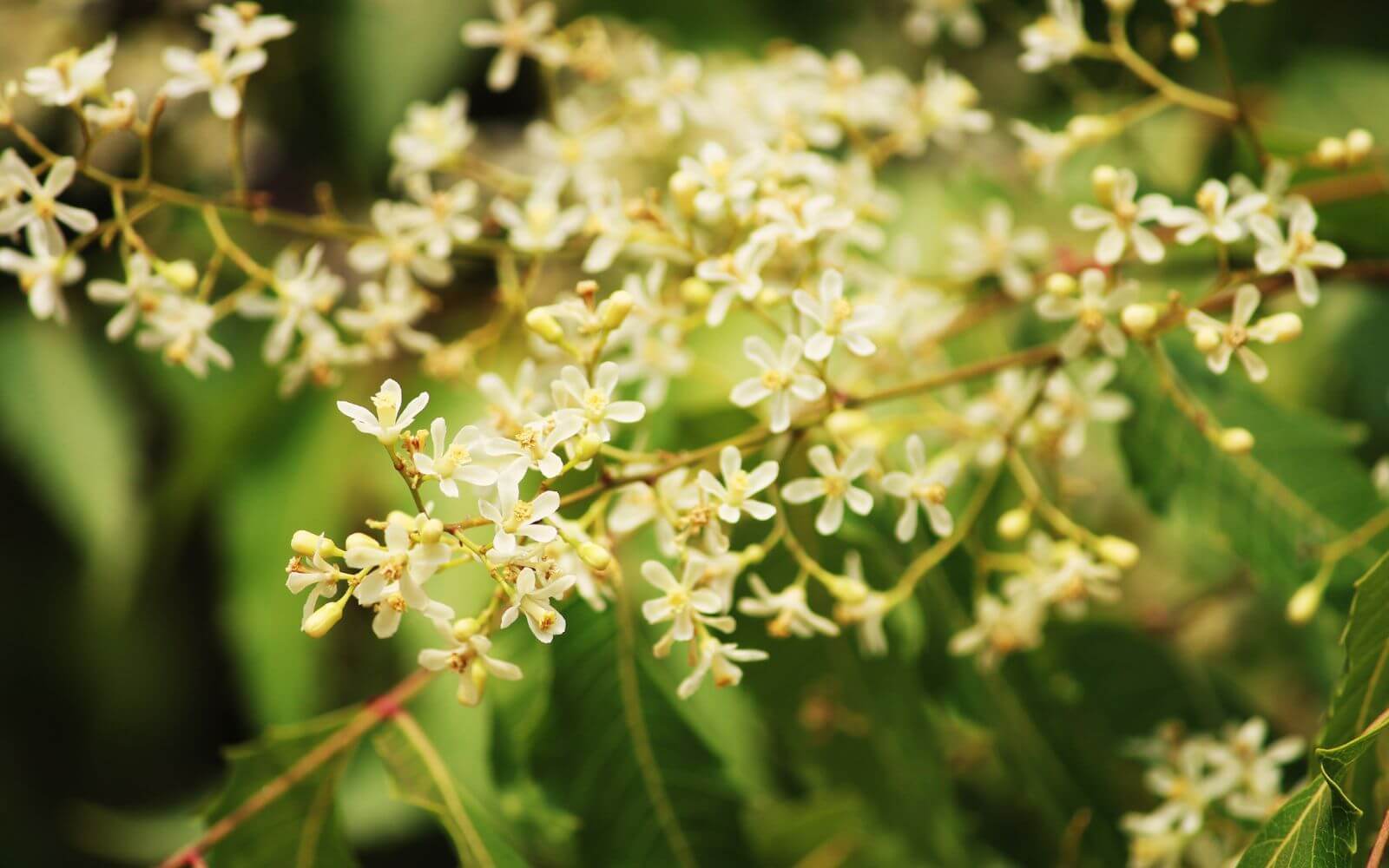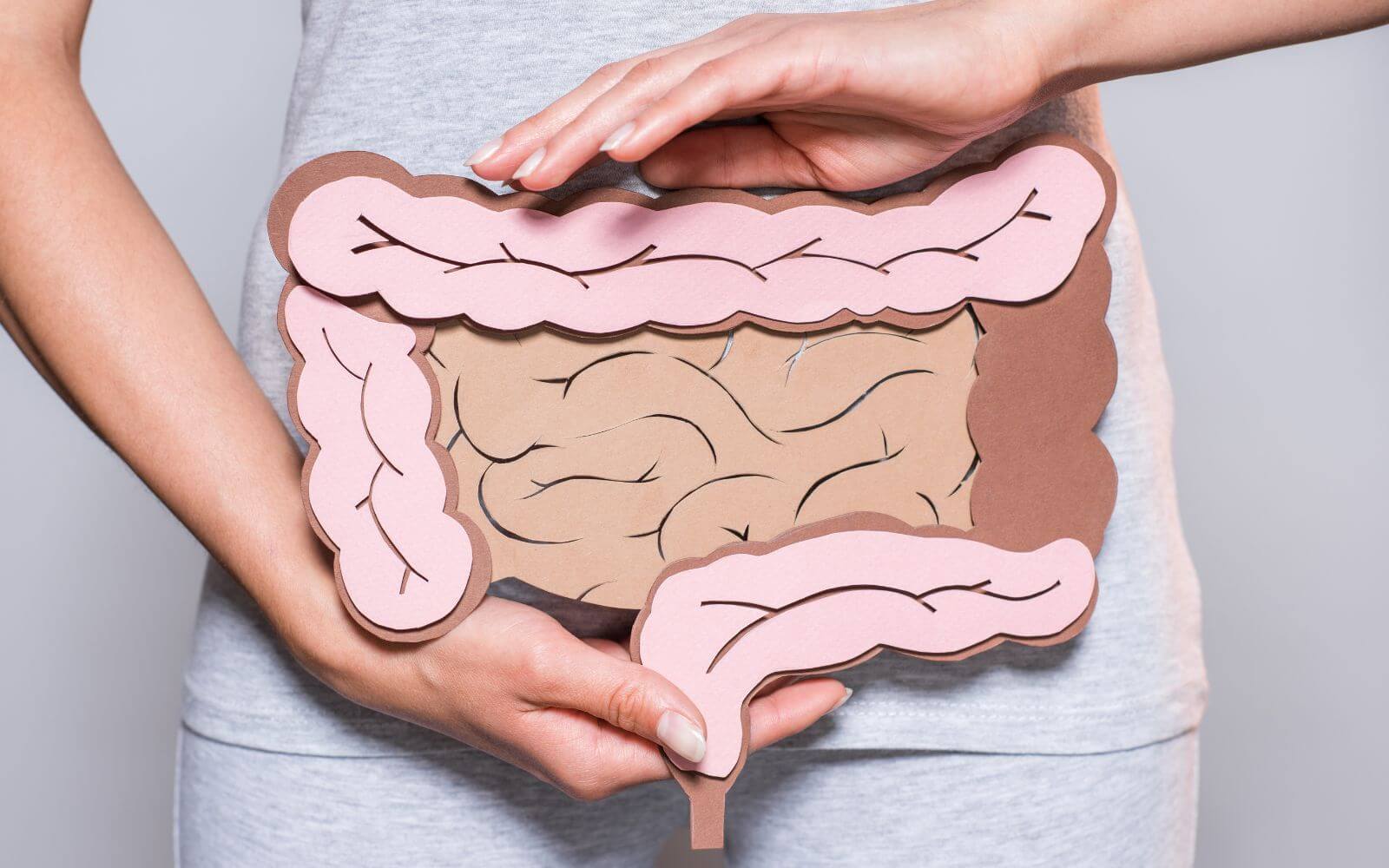
Staurosporine – antihypertensive, antifungal, antitumor
Staurosporine is a natural product that was isolated in 1977 from the bacterium Stepromyces staurosporeus. It is among the first of over 50 alkaloids isolated with this type of bisindole chemical structure [1,2]. Shortly after its discovery, various of its biological activities were demonstrated, which are still the subject of current research. Among other things, staurosporine has an antihypertensive, antifungal and inhibiting effect on blood platelet aggregation. Above all, its effect as an antifungal in combination with its antitumor effect is of great interest in the medical field. [3].
Staurosporine shows antitumor activity
The target protein of staurosporine was initially unknown. It was not until 1986 that staurosporine was found to have strong inhibitory activity on protein kinase C (PKC) [4]. Protein kinase C is important in regulating cellular growth. A misdirection can be involved in triggering cancer, for example. This discovery sparked enormous interest for further research, which ultimately led to its potential as a cancer treatment.
Staurosporine not only inhibits protein kinase C with an extraordinarily high potency, but also a large number of other protein kinases, as well as tyrosine kinase, myosin light chain (MLC) kinase) and other kinases. Therefore, it is recognized as a highly potent but non-specific inhibitor [5].
Since its discovery, staurosporine has become an important and widely researched substance whose derivatives are potential drugs.
Other derivatives of staurosporine in clinical trials
A number of staurosporine derivatives such as UCN-01, midostaurin, Ro 31-8220, LY 333531 have been described as PKC inhibitors and included in clinical studies [6].
Midostaurin has been approved as an active ingredient since 2017 and is used, among other things, for the treatment of acute myeloid leukemia (AML), myelodysplastic syndrome (MDS) and advanced systemic mastocytosis.
Staurosporine as a research reagent and cGMP/API at Cfm Oskar Tropitzsch
You can get staurosporine as a research reagent from us in mg and g quantities. From the beginning of 2023 also as cGMP/API – made in Europe in BULK quantities. We look forward to your inquiry.
References:
[1] OMURA, S.; Y IWAI, A. HIRANO, A. NAKAGAWA, J. AWAYA, H. TSUCHIYA, Y. TAKAHASHI & R. MASUMA: A new alkaloid AM-2282 of Streptomyces origin. Fermentation, isolation and preliminary characterization. J. Antibiotics 30:275-282, 1977
[2] FURUSAKI, A.; N. HASHIBA, T. MATSUMOTO, A. HIRANO, Y. IWAI & S. OMURA: X-ray crystal structure of staurosporine: a new alkaloid from a Streptomyces strain. J. Chem. Soc., Chem. Commun. 1978:800-801, 1978
[3] Castro A, Lemos C, Falcão A, Fernandes AS, Glass NL, Videira A. Rotenone enhances the antifungal properties of staurosporine. Eukaryot Cell. 2010 Jun;9(6):906-14. doi: 10.1128/EC.00003-10. Epub 2010 Apr 30. PMID: 20435699; PMCID: PMC2901650.
[4] Tamaoki T, Nomoto H, Takahashi I, Kato Y, Morimoto M, Tomita F. Staurosporine, a potent inhibitor of phospholipid/Ca++dependent protein kinase. Biochem Biophys Res Commun. 1986 Mar 13;135(2):397-402. doi: 10.1016/0006-291x(86)90008-2. PMID: 3457562.
[5] SATOSHI OMURA, YASUHARU SASAKI, YUZURU IWAI, HIDEO TAKESHIMA, Staurosporine, a Potentially Important Gift from a Microorganism, The Journal of Antibiotics, 1995, Volume 48, Issue 7, Pages 535-548, Released on J-STAGE April 19, 2006, Online ISSN 1881-1469, Print ISSN 0021-8820, https://doi.org/10.7164/antibiotics.48.535, https://www.jstage.jst.go.jp/article/antibiotics1968/48/7/48_7_535/_article/-char/en
[6] A.A. Mortlock, A.J. Barker, 7.08 – Kinase Inhibitors for Cancer, Editor(s): John B. Taylor, David J. Triggle, Comprehensive Medicinal Chemistry II, Elsevier, 2007, Pages 183-220, ISBN 780080450445,https://doi.org/10.1016/B0-08-045044-X/00209-1.
(https://www.sciencedirect.com/science/article/pii/B008045044X002091)





 4c media
4c media